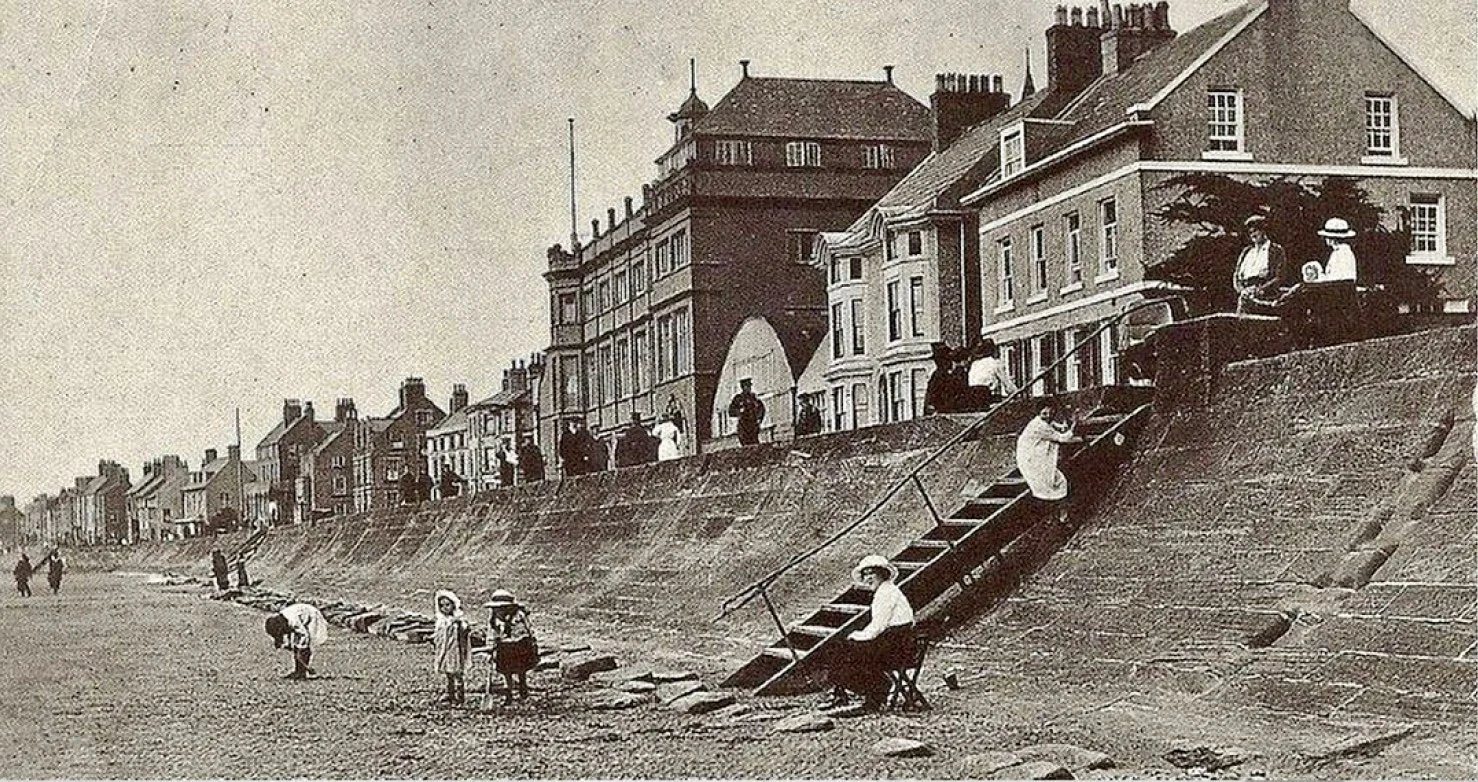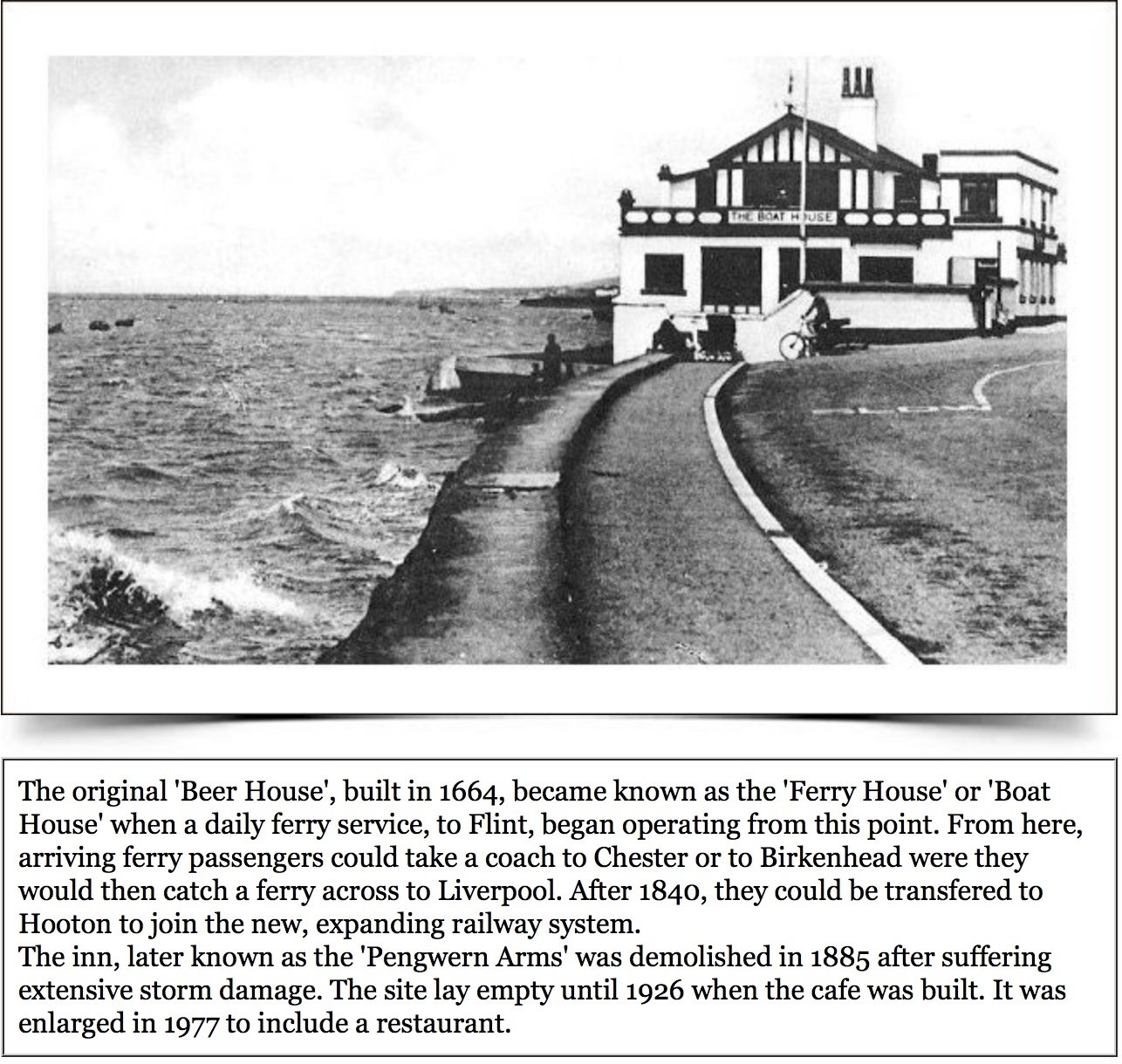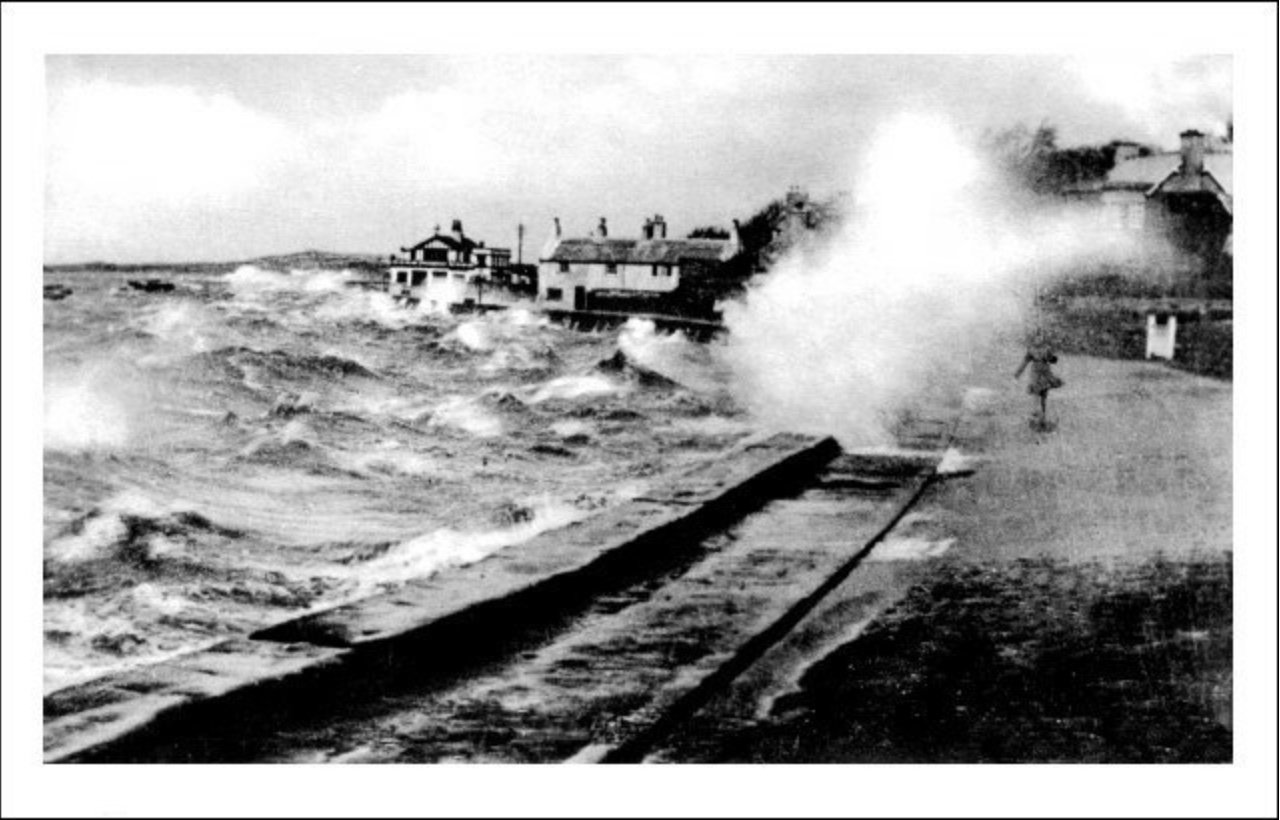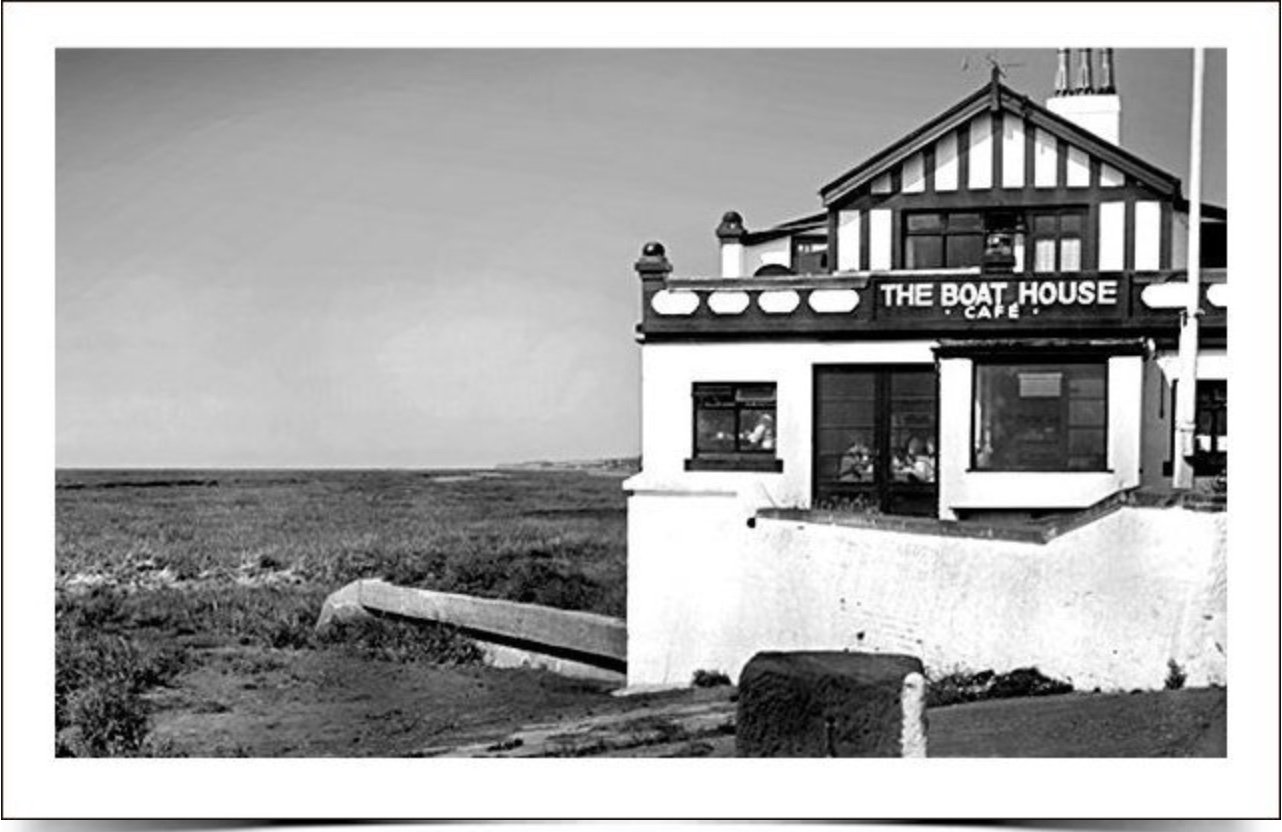the Ferries
There was already a local ferry service between Parkgate and Flint in the 1740s - this vessel may have sailed from close to the George; by 1813, however, a regular service was operating from the Pengwern Arms (now the Boathouse) to Bagillt/Flint, a service for which there were onward connections to Liverpool via Eastham, Tranmere and, later, with the coming of the Chester-Birkenhead railway, via Hooton.
Soon afterwards, however, in 1864, after a period of decline, this service finally lapsed following the death of Thomas Johnson, the innkeeper at the Pengwern Arms, when trying to land here in a heavy swell. The availability of the turnpike road via Queensferry provided a safer alternative route to the old ferry, so there was no longer any great demand for its restoration.
changes in fortune
Sailing from Parkgate was always difficult because of the prevalent on-shore winds. Scheduled journeys were often liable to cancellation or delay because the wind was in the wrong direction. The port authorities in Chester sought to solve the problem of unreliable service by bringing the traffic back to Chester via a major feat of engineering - the canalisation of the river. It was the opening in 1737 of the ‘new cut’ of the River Dee on the Welsh side of the estuary between Connah’s Quay and Chester (10 miles) that produced the environment we have today. The completion of this scheme shifted the channel permanently to the Welsh side of the estuary and thereby caused further silting up of the old river channel, making Parkgate even more unreliable as a port. As a result the Parkgate shipping trade began its terminal decline. This was a lengthy drawn-out process, but by 1815 the Irish ferry service had finally transferred to Liverpool, bringing to an end this short, but important period of Parkgate’s history.
The Boat House Cafe and North Slip, c 1930s
The North Slip today - place where ferries used to cross from Parkgate to Bagillt.
Last Updated April 2022





